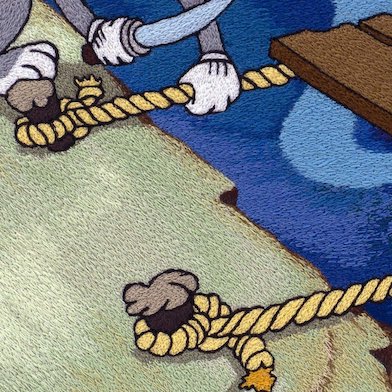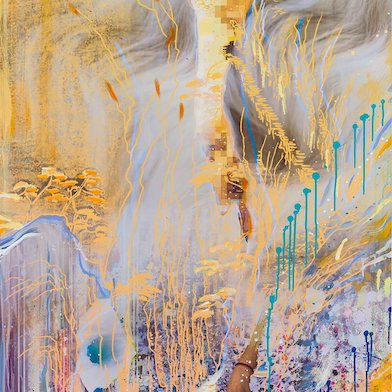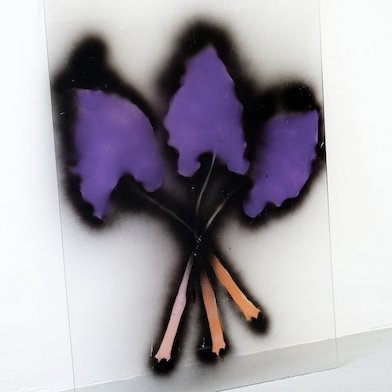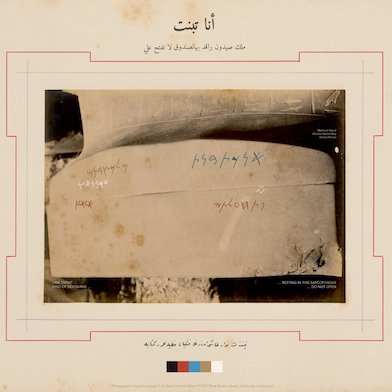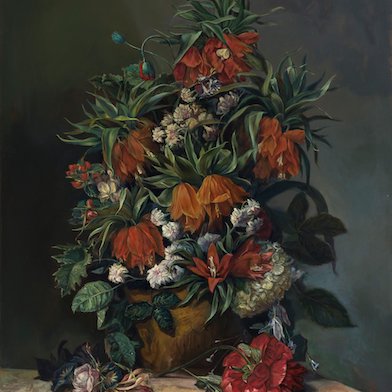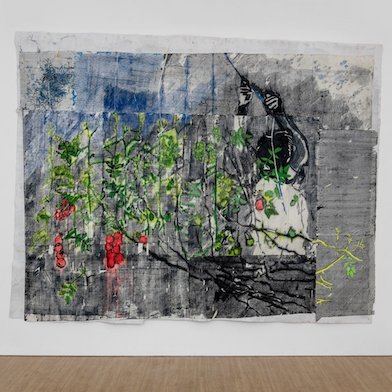Open: Mon-Fri 10am-6pm, Sat by appointment
Visit
Mazzoleni at Art Basel Miami Beach 2018
Mazzoleni, London
Wed 5 Dec 2018 to Sun 9 Dec 2018
15 Old Bond Street, W1S 4AX Mazzoleni at Art Basel Miami Beach 2018
Mon-Fri 10am-6pm, Sat by appointment
Booth D1
Miami Beach Convention Center
1901 Convention Center Drive
Miami Beach, FL 33139
Mazzoleni returns to Art Basel Miami Beach this December and presents works by Alighiero Boetti; Agostino Bonalumi; Alberto Burri; Enrico Castellani; Lucio Fontana; Jannis Kounellis; Piero Manzoni; Fausto Melotti; Michelangelo Pistoletto.
Artworks

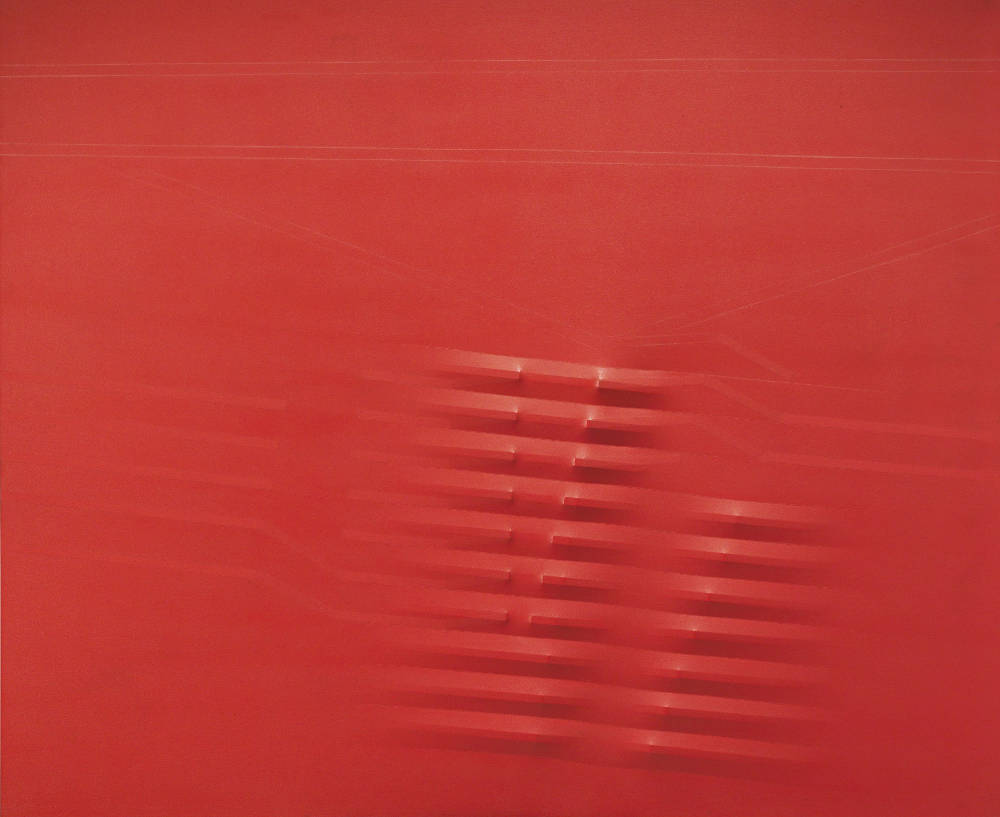



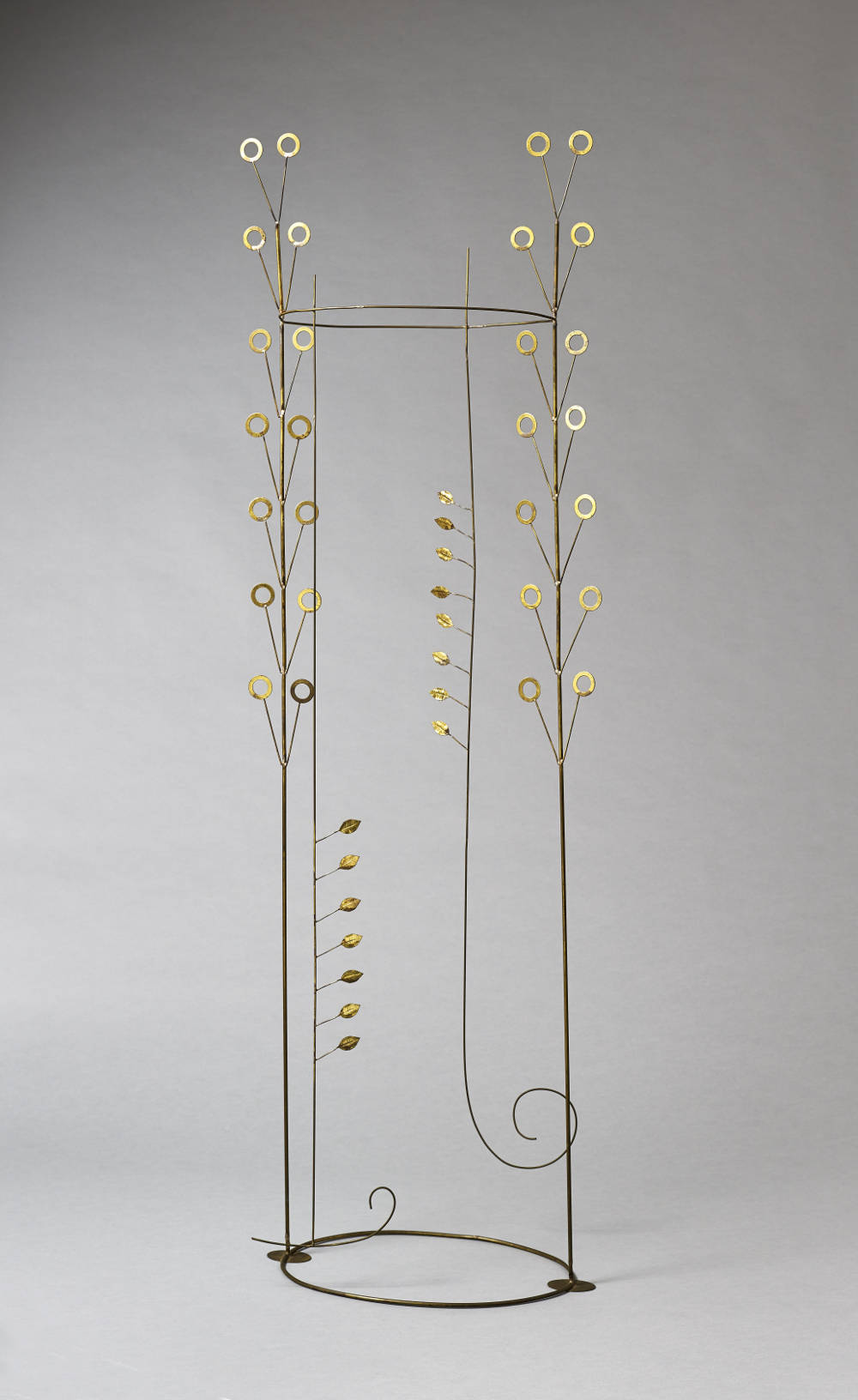
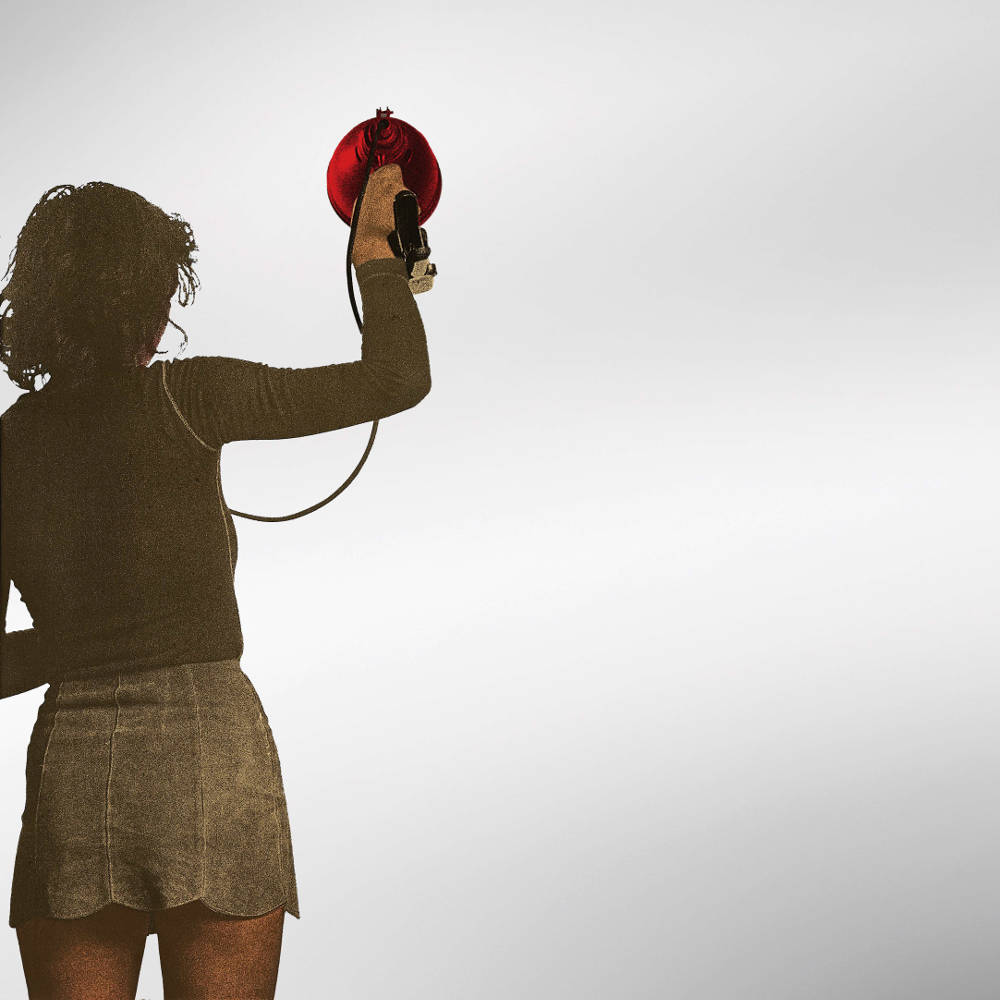


The display focuses on the Arte Povera movement, which is represented by three distinguished figures, Alighiero Boetti (1940- 1994), Jannis Kounellis (1936-2017) and Michelangelo Pistoletto (b.1933). Boetti, whose embroidered works and investigations on language convey puzzles of short phrases, inverted sayings or wordplay, was conceived by the artist in the 1970s. On this occasion, later embroidered works from the 90s will be presented, as well as Aerei, 1983, an early biro on paper work, depicting aeroplanes on a striking red background. For Kounellis, the physical reality of the materials in his work is important and he is known for using found objects such as iron, burlap, and even coal to powerful effect. He will be represented by a combination of silkscreen and ink works on paper from the 50s and 60s alongside more recent jute sack and iron works from 2001 onwards. To coincide with the current exhibition Origins and Consequences at Mazzoleni’s London gallery, several mirror paintings by renowned artist Michelangelo Pistoletto, will be displayed. What animates the mirror paintings is the duality of of a fixed photo image placed on the surface of a reflective steel plate and the moving images produced by reflections of the viewer and their environment. The performative element of the works is completed by the observer who becomes the central protagonist.
Also presented are works by Lucio Fontana (1899-1968) who is best known for his revolutionary Tagli or "cuts", which consist of slashed, ripped or punctured canvases. On display are striking examples of Fontana's slashed canvases, Concetto Spaziale Attese from the 1960s. Following the invention of the ‘holes’ in 1949, the founder of Spatialism broke the conventional notions of two- dimensional painting in order to create a new kind of art, more appropriate for the age of space exploration and science. By investigating beyond the canvas, his “slashed” Tagli, became one of the most recognisable gestures of the Post-War era. This innovative conceptual act redefined the Italian artistic landscape and had a wide-reaching influence. Fontana’s impact was recognised by many international and Italian artists, including Manzoni, Castellani and Bonalumi.
Alberto Burri (1915-1995) is renowned for utilising a host of everyday materials, such as burlap and plastic, transforming them via use of burns and lacerations into dynamic works on paper, canvas and celotex. On this occasion, a selection of exemplary works from his Cellotex and Combustione series is presented, including Cellotex 1982. Defying the customary use of celotex as an industrial material, Burri created a large oeuvre of works where variations in composition, colour, volume, form and texture were meticulously and systematically researched. By discarding the traditional approach to painting and utilising raw artistic expression, Burri altered the way in which artists subsequently worked around the world. Burri participated in a succession of solo and group exhibitions at some of the most prestigious museums of the world including, and the Solomon R. Guggenheim Museum in New York, the Galleria Nazionale d’Arte Moderna in Rome, the Tate in London and the Musée d’Art Moderne in Paris.
There are works on display by Piero Manzoni (1933-1963) who was significantly younger than Fontana and Burri, yet, drew upon and subverted the positions achieved in their oeuvre. Manzoni aimed to strip away the extraneous materials in a work of art and conceived his white kaolin-soaked Achromes as neutral artworks that existed without any outside reference. With his radical and playful spirit, he precipitated much international research, from conceptual to performance art. Together with Enrico Castellani, (1930 - 2017), Manzoni founded the journal “Azimuth” and united by the use of monochrome tones, these two artists’ colourless surfaces played a crucial role in the search for a new ground zero for painting and sculpture. By limiting their palette, they were able to emphasize the materiality of the canvas, allowing the previously unexplored elements of light and movement to redefine the picture plane. Agostino Bonalumi, (1935-2013), their peer in the Milanese post-war scene, also shared an interest in sculpting painting into the third dimension. He explored the plasticity of the canvas with his ‘Painting-Objects’, by experimenting with vinyl tempera across a riveted structure in his extroflexions, creating a rhythmic tension between form and light. On display will be key works from the 50’s and 60s.
